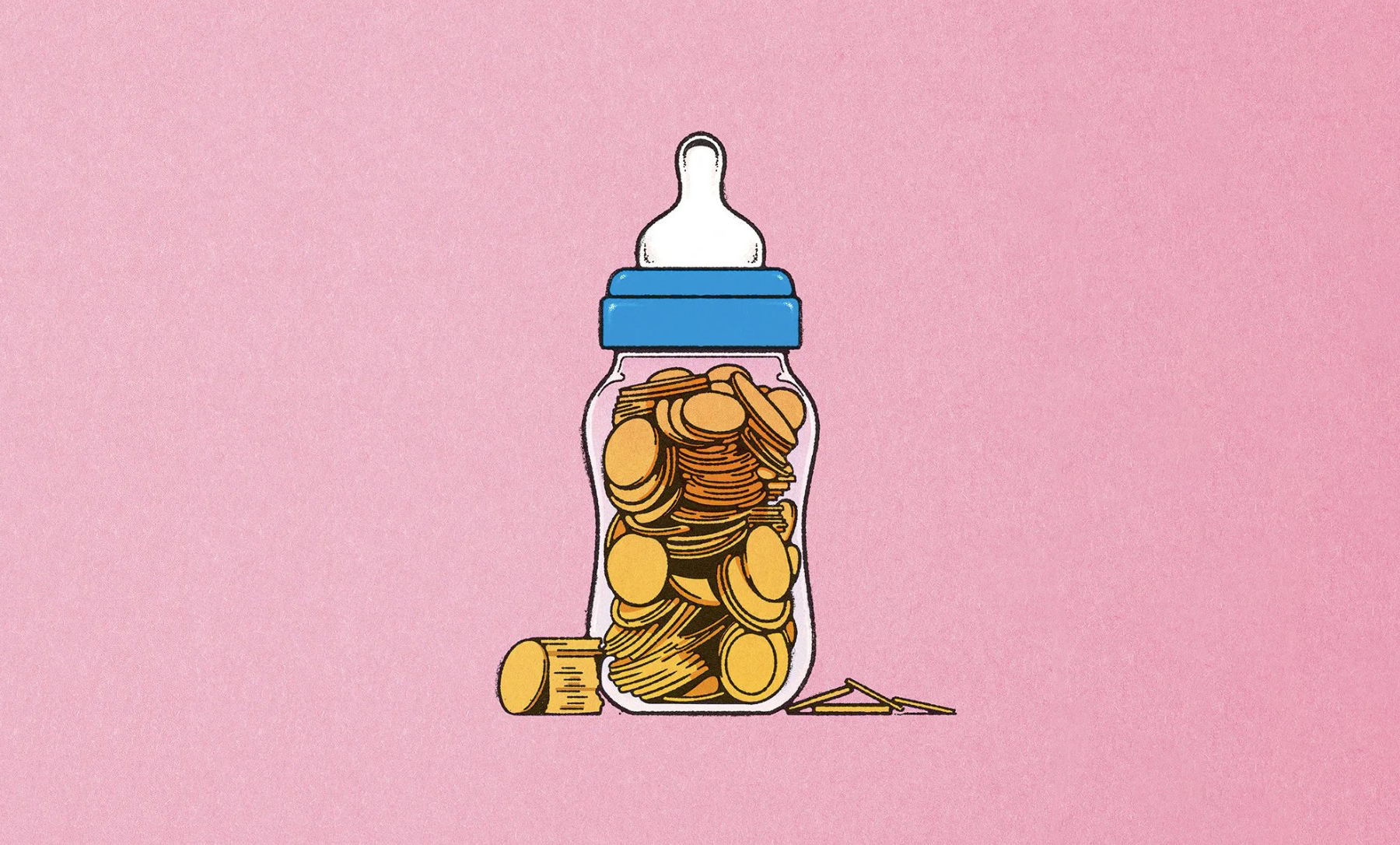Source: https://www.economist.com/leaders/2024/05/23/why-paying-women-to-have-more-babies-wont-work
For Hungary’s Prime Minister Viktor Orbán, nothing is more important than babies. But they must be “home-made.” In his words: “Migration for us is surrender.” Orbán, himself a father of five, has set a bold target: raising Hungary’s fertility rate to 2.1 by 2030, the level needed to maintain the population size.
To achieve this, Hungary spends heavily:
- In 2023, military expenditure accounted for about 2.1% of GDP, while family subsidies consumed nearly 5%, a fertility budget more than double the defense budget
- Couples who commit to having children receive up to $30,000, roughly three years’ minimum wage
- Mothers with three children will have their income tax exempted starting October 1, 2025
Yet despite massive investments, bi-annual demographic summits, and determined efforts both to keep young Hungarians from emigrating and to lure those abroad back home, the results fall short: the fertility rate remains stuck at 1.5—placing Hungary only 15th among the EU’s 27 member states.
Hungary is not alone. Across much of the developed world, many couples end up postponing children indefinitely—or abandoning the idea altogether. More than just “not wanting kids”, highly educated women desire to leverage years of investment in their careers and young people face structural barriers. Rising living and childcare costs, environmental concerns, and geopolitical instability all add to the hesitation.
The question is: if money cannot convince couples to have children, what will?
France has built one of the most comprehensive family support systems, which may explain why it continues to hold the highest fertility rate in the EU at 1.62 in 2024. Sweden, on the other hand, has invested heavily in generous parental leave and gender equality measures, reaching 1.43 children per woman last year. Yet despite such ambitious policies, the global trend seems irreversible: fertility rates in all developed countries keep falling. The economic consequences of shrinking societies—from labor shortages to increased pressure on welfare systems—are becoming impossible to ignore.
Aging populations mean fewer workers must sustain larger groups of retirees, who live longer than ever and require costly care. Health systems face mounting strain as demand for dementia treatment and elder care outpaces the supply of caregivers—already a critical shortage across developed economies.
Countries like India and Indonesia, with younger and skilled labor forces, may temporarily ease worker shortages through migration. But even that cannot solve the deeper structural issues of shrinking populations and rising dependency ratios.
Read our White Paper to learn more.


